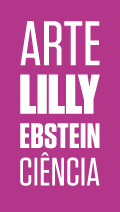O Instituto Biológico
E O COMBATE CONTRA A BROCA DO CAFÉ
-
 Lilly Ebstein | Clique para ver +
Lilly Ebstein | Clique para ver + -
 História | Clique para ver +
História | Clique para ver + -
 Instituto Biológico | Clique para ver +
Instituto Biológico | Clique para ver + -
 José Reis | Clique para ver +
José Reis | Clique para ver +
O Instituto Biológico de Defesa Agrícola e Animal foi fundado em 1927 a partir da Comissão para o Estudo e Debelação da Praga Cafeeira, criada para estudar e combater a broca do café.
Um pequeno inseto, a broca do café, começou a atacar as lavouras do Estado na década de 1930, colocando em risco o principal produto da economia do país. O inseto atacava a coroa do grão verde e se reproduzia no seu interior utilizando a polpa como alimento para suas larvas e ninfas. O saco de café, que pesava 45 quilos, chegava a diminuir para 16 quilos e provocava um sério prejuizo aos produtores.
O Instituto Biológico de Defesa Agrícola e Animal foi fundado em São Paulo em dezembro de 1927 a partir do trabalho da Comissão para o Estudo e Debelação da Praga Cafeeira, criada em 1924, no combate à broca. Para difundir os métodos de combate à praga que acometia o café, o Instituto utilizou vários recursos de comunicação e de propaganda, através de filmes, da imprensa, de anúncios e da elaboração de folhetos e cartilhas. O material de difusão, que incluía ilustrações, era fundamental para informar os produtores no Estado e a população em geral e permitir a identificação das pragas. Também ensinava como utilizar os métodos de profilaxia e os tratamentos.
Lilly Ebstein Lowenstein (1897-1966) viveu entre a ciência e a arte, desenhando e realizando fotografias nos campos da medicina e da zoologia. Em seu trabalho, Lilly conjugava o conhecimento técnico da fotografia e do desenho, o estudo das ciências e um notável talento estético. Nascida na Alemanha, ela estudou na Escola Lette-Verein em Berlim entre 1911 e 1914. Em 1925 imigrou com o marido e dois filhos para São Paulo. Em 1926, tornou-se desenhista e fotomicrógrafa da Seção de Desenho e Fotografia na Faculdade de Medicina (USP, a partir de 1934), da qual seria chefe por trinta anos a partir 1932. Entre 1930 e 1935 Lilly foi colaboradora do Instituto Biológico de Defesa Agrícola e Animal, principalmente da sua Seção de Ornitopatologia. Uma vida com arte dedicada à pesquisa e difusão da ciência.



